Category: sustainability – Page 360


The first electric car with solid-state battery announced has pack with the energy density of a regular one
The Dongfeng E70 electric sedans were announced as the world’s first commercially available electric vehicles with a solid-state battery when they were delivered as part of a taxi fleet. Now the energy density of the E70’s battery pack and its range on a charge have been outed, and they are pretty run-of-the-mill.
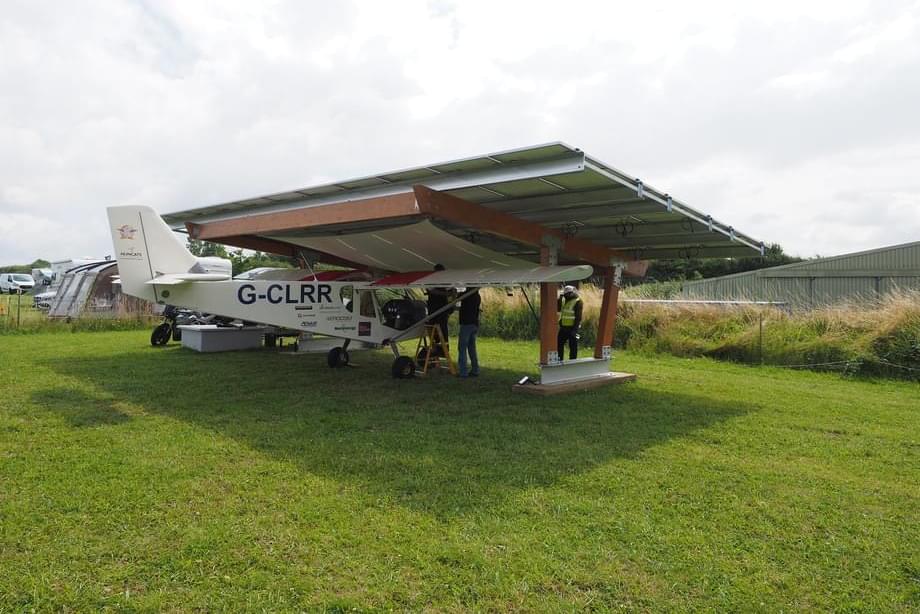
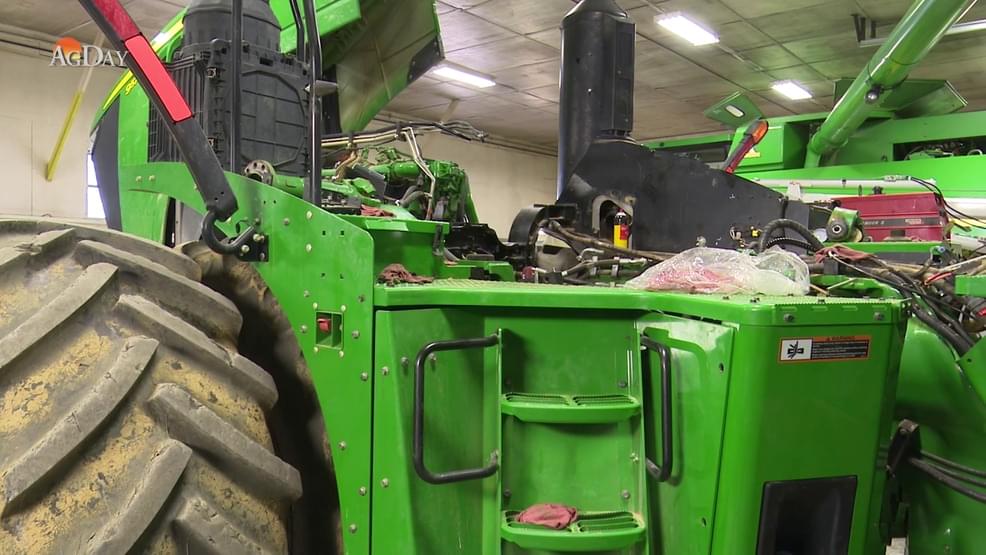
Illinois farmers push for right to repair their own equipment
These days, new tractors and combines are more like big computers, and require special tools to repair them. Farmers say they’re having to travel farther and pay more to fix them to make sure their harvest schedules stay on track. Jim Birge grew up farming in central Illinois and is now the Manager of the Sangamon County Farm Bureau in Springfield. He describes how new tractors and combines have gone high-tech, and farmers no longer have access to the tools to fix them.

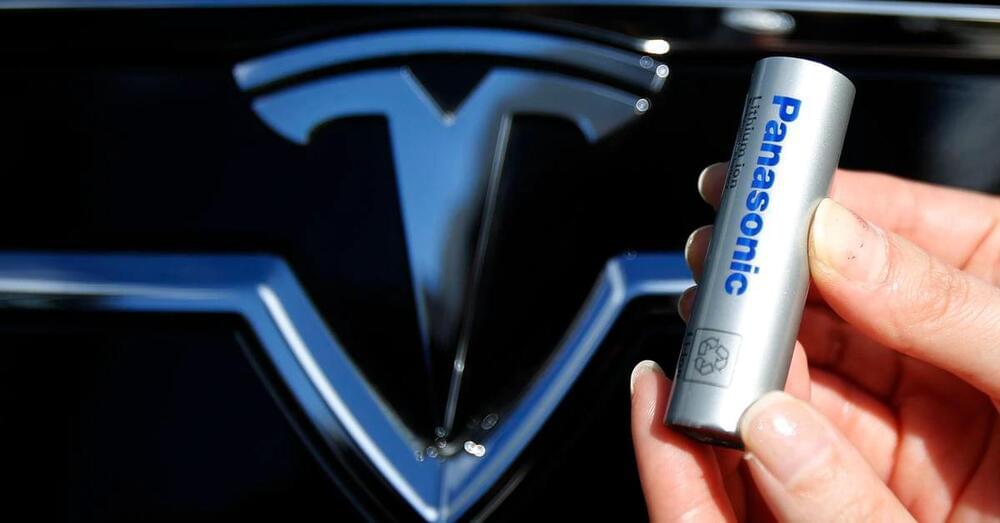
Panasonic to begin mass producing new Tesla battery
TOKYO, Feb 28 (Reuters) — Panasonic Corp (6752.T) said on Monday it will begin mass production of a new lithium-ion battery for Tesla Inc (TSLA.O) before the end of March 2024 at a plant in Japan.
Unveiled by the Japanese company in October, the 4,680 format (46 millimetres wide and 80 millimetres tall) battery is around five times bigger than those currently supplied to Tesla, meaning the U.S. electric vehicle (EV) maker will be able to lower production costs.
The new powerpack is also expected to improve vehicle range, which could help Tesla lure more drivers to EVs.

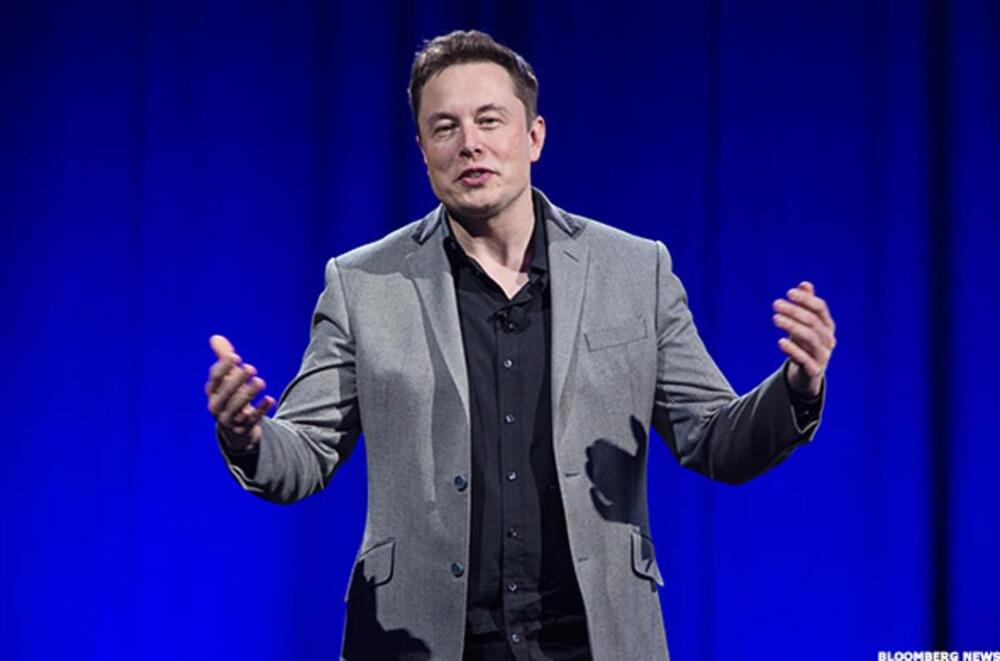
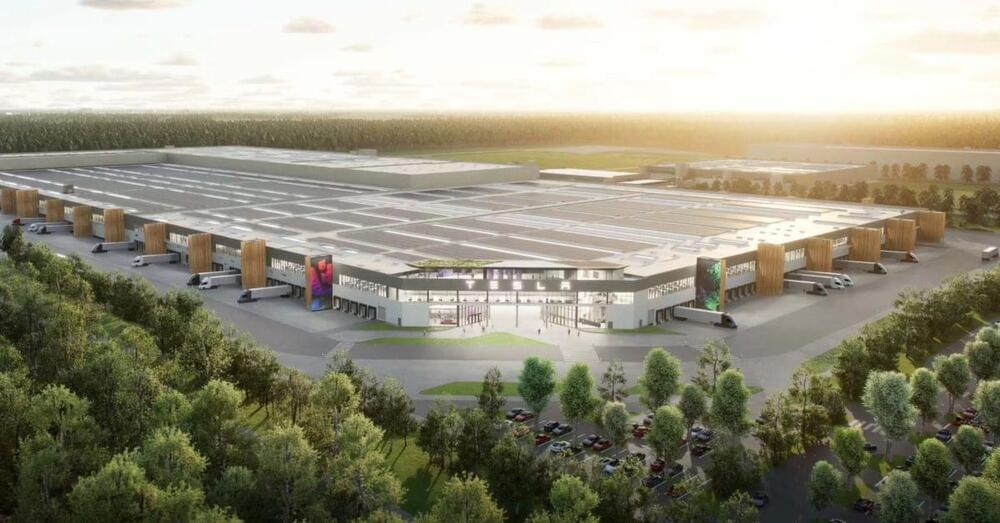
Tesla Gigafactory Berlin is expected to finally receive approval for production this week
Tesla is reportedly finally going to receive final approval to start production at Gigafactory Berlin this week after months of delays.
Gigafactory Berlin, a critical new factory for Tesla’s plans to expand in Europe and improve its manufacturing and distribution efficiency, has been in limbo for months.
The automaker has yet to secure the needed environmental permit to start producing vehicles for customer deliveries.